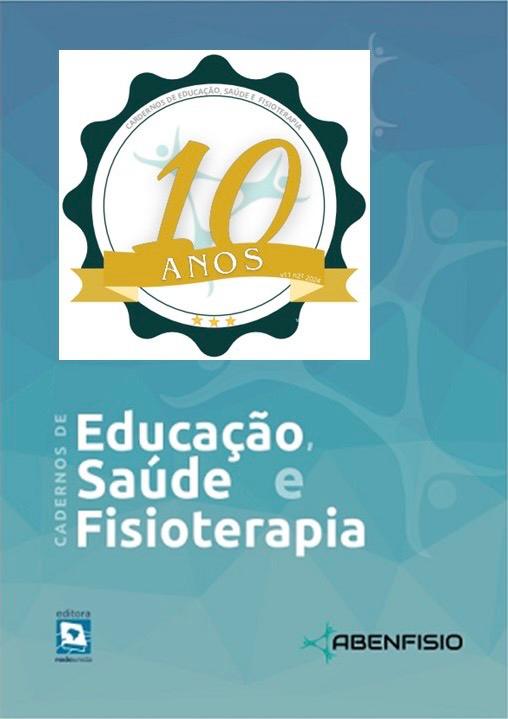BIOLOGICAL PERCEPTION OF HUMAN MOVEMENT IN INDIVIDUALS WITH PARKINSON'S DISEASE: PILOT STUDY
DOI:
https://doi.org/10.18310/2358-8306.v11n21.a4Keywords:
Learning association, Visual perception, Parkinson's disease, Neurological Rehabilitation.Abstract
Objective: To evaluate the Biological Perception of Movement in individuals with Parkinson's Disease (PD). Methods: The study is characterized as a cross-sectional and analytical study, of a quantitative nature, composed of an Experimental Group (GDP), composed of five patients with PD, and a Control Group (CG), with five healthy individuals, who were evaluated through clinical and cognitive instruments, and both, subjected to a laboratory test to assess human PBM. The BPM was evaluated through human movements represented by the technique of animations in punctual light, divided into three groups of movements (social relationships and interpersonal functioning, object-oriented, and functional biological movements), which totaled 12 representations of movement (tasks) . The outcome variables used in the study were the number of correct answers and the response time for each task. Results: The results showed that the CG performed better, with a greater number of correct answers in the recognition tasks and managed to perform them in a shorter time, when compared to the GDP. However, no statistical differences were found between groups for both studied variables. Conclusion: Thus, we concluded that we did not find impairment in human BPM in individuals with PD.Downloads
Published
2024-10-11
Issue
Section
Artigos originais
License
- Autores mantém os direitos autorais e concedem à revista o direito de primeira publicação, com o trabalho simultaneamente licenciado sob aLicença Creative Commons Attribution que permite o compartilhamento do trabalho com reconhecimento da autoria e publicação inicial nesta revista.

